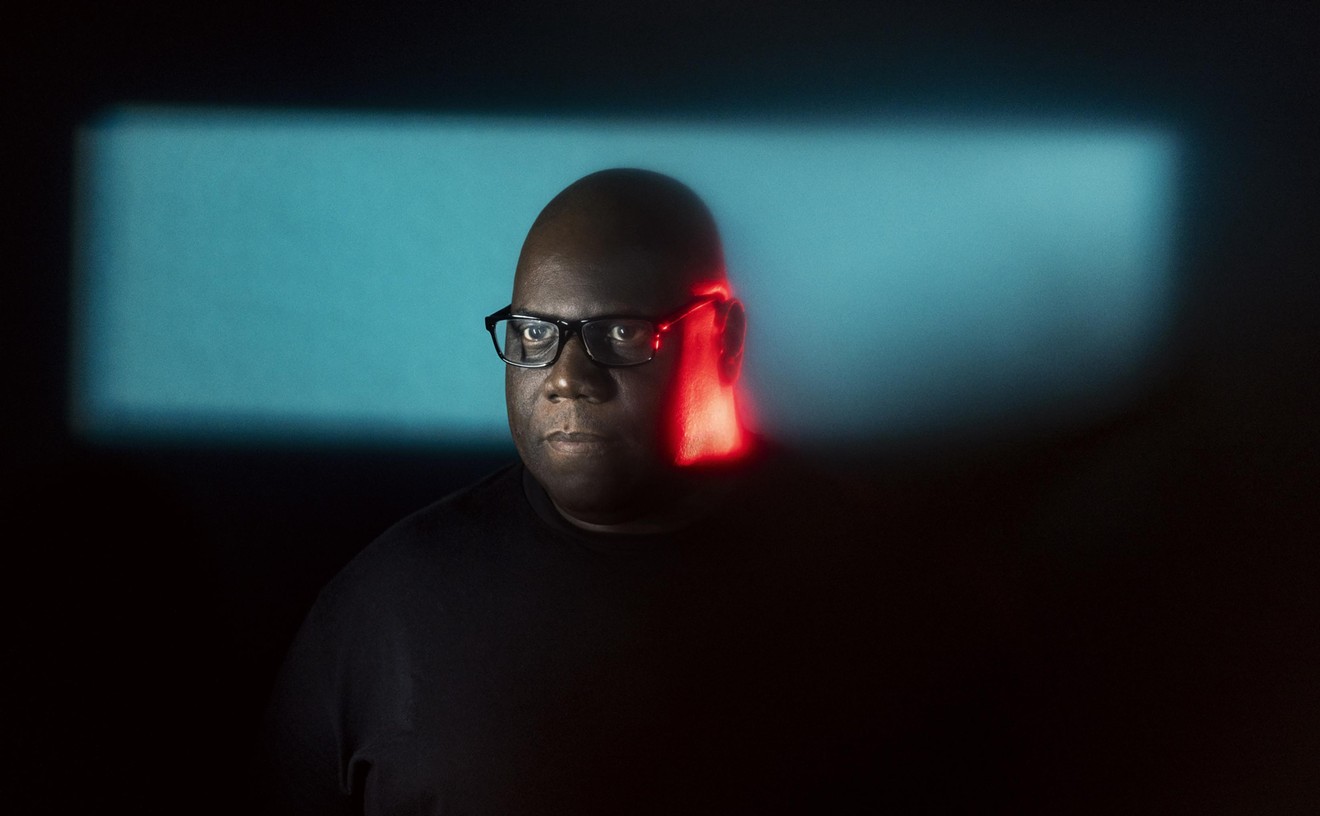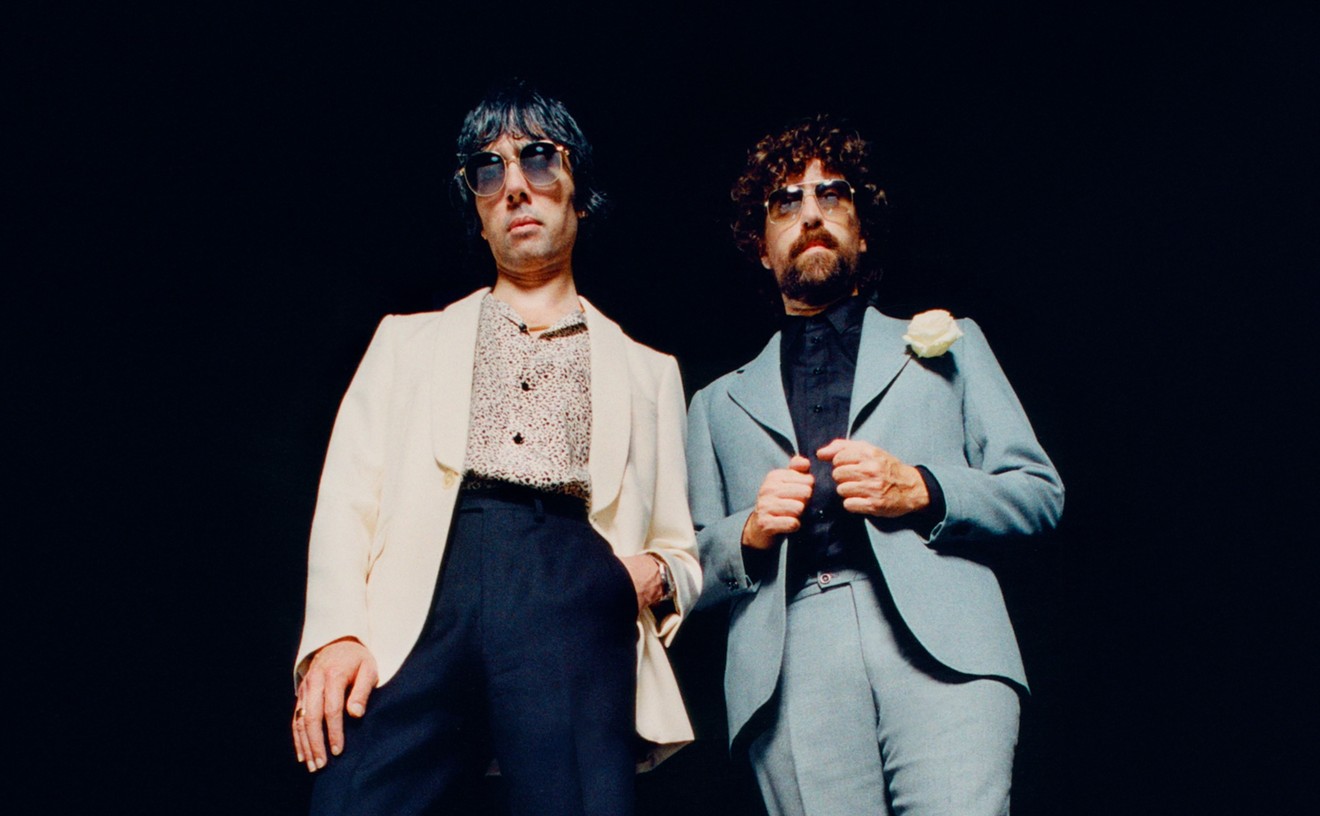Wenders's film details how American guitarist Ry Cooder gathered an assemblage of veteran talents in Havana to record an album of classic Cuban music that went on to sell more than a million copies worldwide. Compay Segundo, Omara Portuondo, Ruben Gonzalez, Ibrahim Ferrer, and the band's other members, spanning several generations, tell their stories onscreen. Their anecdotes about their careers and personal lives paint a heartfelt historical portrait of twentieth-century Cuba. The testimonials alternate with concert footage, and the film culminates with a concert at New York City's Carnegie Hall. Like the timeless songs on the Grammy Award-winning album, the movie deftly encapsulates elements of the island's past and present. Rather than serving as a maudlin nostalgia vehicle, Buena Vista Social Club elegantly manifests how Cuban music and its artful performers have laid down a bridge between Cuba "before" and "after."
Indicative of today's Cuba, where economic necessity and reformed legislation have incited the nation's musicians to increasingly work abroad for dollars, the Buena Vista Social Club group and resulting CD were conceived by a foreigner, explicitly for foreign consumption. The 1997 recording has yet to be released in Cuba, and the band, which has toured extensively outside of the country, played its first concert in Havana just two months ago. Early on the album was maligned by most Cuban musicians, who thought it to be an outsider's attempt to bring back the facile "grandfather" music, of little interest to young music-conservatory graduates and their audiences that were instead grooving to the innovative fusion of jazz, funk, and pan-Latin dance music called timba. Los Van Van band leader Juan Formell even seriously suggested that Buena Vista was a capitalist plot by reactionaries who wanted to deny the existence of Cuban culture in the revolutionary era.
CIA intrigue aside, Buena Vista definitively jump-started the careers of the forgotten musicians who played on the album, and the group brought foreign interest to other groups playing traditional music or big band tunes from the Forties and Fifties. Gradually the trend has been co-opted by younger musicians, who are now playing and recording revamped versions of songs from yesteryear. At Cubadisco, a Havana record fair held this past month, the retro fad was confirmed by a slew of new albums featuring classic fare by old and young players.
"Before it was very difficult to convince young Cuban musicians that what was done in Cuba before has value," says Juan de Marcos Gonzalez, the pianist and producer who acted as Cooder's A&R man in Havana, selecting the artists to play on Buena Vista. "But Buena Vista Social Club has played a principal part in influencing the music that bands are currently playing in Cuba."
The album's success was also the catalyst for a reunion of the surviving members of the original Buena Vista Social Club. One balmy evening the now-elderly associates got together for the first time in more than 30 years at the colonial house with the large patio where they had once attended the weekly dances that, at the time, were the highlight of their lives. Men wearing antique two-toned shoes drank rum from plastic cups as they passed around photographs of Benny More and his orchestra performing at the club, and of the boxer Kid Chocolate, who had been a regular. One man wearing Coke-bottle glasses and a tweed newsboy's cap held an old picture of himself, a lady-killer in a white suit. He said the club had been a place where he and his friends could look on the bright side. Uneducated and poor, he had become a construction foreman, but he earned such low wages he would sometimes rise early and sheepishly steal milk from other doorsteps to feed his children. He said after 1960 his family no longer went hungry. Less fortuitously for him, the revolution was also responsible for the disappearance of the Buena Vista Social Club. In the Sixties the neighborhood hangout was converted into a private residence. In the film the location of the club is never discovered. But it doesn't matter, because, as the album and the movie substantiate, Buena Vista Social Club is really a state of mind.
"There's a trance you get into [with traditional Cuban music] and it feels good like drugs or liquor or cigars. It's hypnotic," says Cooder, who has scored several of Wenders's previous films and narrates the documentary. "The mood and the emotional quality these people have, it's up there onscreen in the film. It's unmistakable. Nobody's being cute for the camera.
"The thing about Cubans is that they're not bound up, they're really released in a good way," he explains. "These songs are like Persian miniatures in ivory, perfectly detailed stories about feeling good, and being kind of greasy and horny all the time."
Cooder says he is so captivated by this Cuban feeling that he'll often just stand on a Havana street corner and soak up the atmosphere. His idea in recording Buena Vista was to capture some of that sentiment, and he says the album's success in doing so was the reason for its enthusiastic reception. "You have to be able to get down to the essence," Cooder says. "It has to sound like it was really happening, not that it was re-created or catered, but to have a sense that something really beautiful is happening. Folks want to be moved or touched by something that feels real. These people have lived these songs their whole lives." He adds, "It wasn't like we were just going to do "El Manicero" ["The Peanut Vendor"] and go home. You can't just say, 'Play the guitar, buddy,' or 'Come on, sing,' or 'You at the piano, let's get going.' It's almost a telepathic thing that happens, but you can't do it without instant recognition and understanding. Believe me, I've been around when it didn't happen and this time it happened right away."
Cooder produced a second album in Cuba last year, featuring 73-year-old singer Ibrahim Ferrer. Coinciding with the release of the film, Ferrer's new self-titled CD will be in stores next week. It is an exquisitely beautiful record that could have even more widespread appeal than Buena Vista. While the producer describes Buena Vista, with its repertoire of acoustic son music, as a "pre-World War II album," he notes that the songs on Ibrahim Ferrer are from the Fifties and Sixties, and were jukebox hits in their day. They include boleros made popular by More and other Latin crooners of the day.
"I think of the bolero as a totally forgotten music," Cooder says. "It turned into schmaltz in the Sixties and just went away. A bolero doesn't mean anything if you can't sing it with a certain depth and beauty that really has to be heard to be believed. And Ibrahim just has one of those great voices. I don't know where you could find anyone anywhere else who could sing like that. He's a very ageless, fluid person."
Ferrer, who was orphaned as a child, began singing professionally at age thirteen. He was a singer with a number of popular bands, including Pacho Alonso's, but he never got his big break. When Juan de Marcos Gonzalez sought him out to sing on the Buena Vista album, he was retired and shining shoes for cash. This past year, according to Gonzalez, Ferrer made about $100,000 from concerts and royalties, a tidy sum in Cuba.
"Us old guys were better before because our voices were fresher, our fingers were more limber for the piano," says Ferrer, who was back in Havana after a trip to New York to promote his record and the film. "But as we say in Cuba, what's destined for you nobody can take away. Sooner or later it will happen. For me it came later, but now who knows how far it will go?" The sweet-faced Ferrer steals the Buena Vista film in a scene where he gives a tour of his house, taking a sip of rum on the sly as he leaves an offering on his Santeria alter, and wielding a carved African cane that belonged to his mother. He has clearly found the fountain of youth in his renewed career, bolstered by the fact that for Ferrer, the success of Buena Vista Social Club has a special, fitting significance: He was born at a social club dance.










